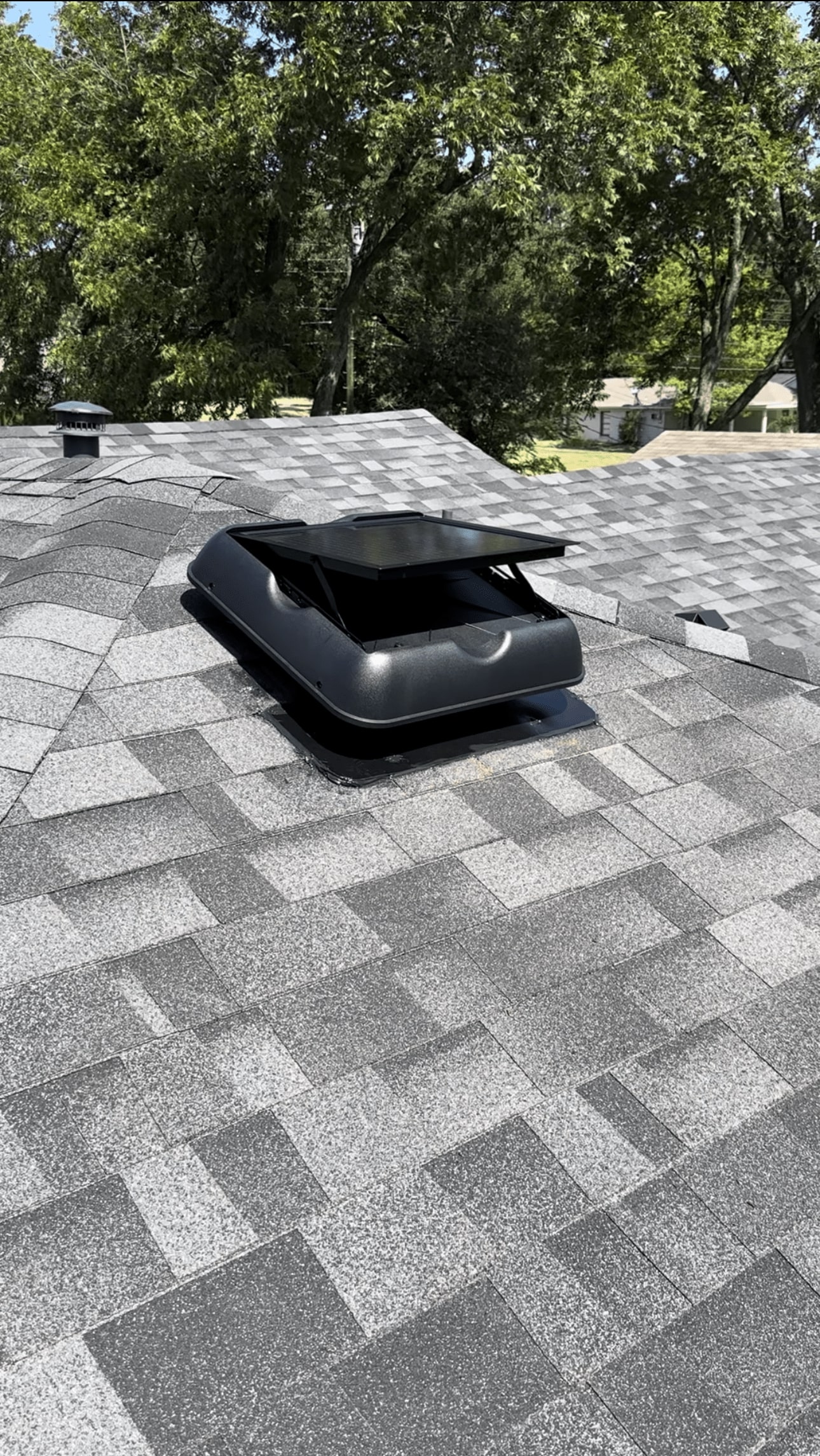All about Green Attics
All about Green Attics
Blog Article
The Ultimate Guide To Green Attics
Table of ContentsGreen Attics - TruthsLittle Known Questions About Green Attics.What Does Green Attics Mean?Green Attics for DummiesTop Guidelines Of Green AtticsRumored Buzz on Green Attics
Uploaded by Solution Champions Cooling BlogWhen you activate your home heating, you desire it to remain inside your home - HVAC repair. Powering up the home heating triggers the warm to rise straight up right into your attic room. It's after that up to your attic insulation to do its work and block the warmth from leavingWhich attic insulation is best? This post will certainly lay out the 4 types of attic insulation you can choose from, plus dive into the pros and cons of each.

What Does Green Attics Do?
Batts allow, rolled up sheets of product which are fused along with a chemical vapor. This vapor acts as a sticky. Why is fiberglass batt insulation so prominent? It's numerous advantages consist of: In its entirety, fiberglass is significantly environment-friendly. The fiberglass itself is developed from sand which is after that become glass, which counts as a renewable energy resource.
Fiberglass batt insulation hardly ever reduces or breaks down. This is due to the air pockets that happen in manufacturing. Fiberglass batt insulation is additionally soundproof, assisting minimize exterior sounds and maintain internal sound inside the residential property.

All About Green Attics
If dampness is absorbed by the fiberglass batt insulation, it can reproduce unsafe mold and mildew. Rats and other unwanted visitors like fiberglass batt insulation, and frequently make it their home.
When using the blown-in technique, it loads the attic better, guaranteeing it's air-tight. Consequently, it fills any kind of cracks or spaces, also in unpleasant spaces. This decreases the amount of hot air escaping and chilly air entering. It likewise catches sound. The blown-in circulation approach is far quicker. It takes an issue of hours to obtain your attic insulation up and running.
After the insulation has resolved, it's confirmed that the R-Value decreases. It requires more upkeep than various other kinds of attic insulation on our listing. Should the insulation get damp, eliminating the insulation isn't as easy as eliminating fiberglass batts. You'll require to select everything up, while putting on gloves, and remove it gradually.
This attic insulation is additionally blown-in making use of a blowing device, nonetheless the product used is various. The product utilized right here is cellulose. This is made from all different recycled material, consisting of points made out of timber, papers, and cardboard. Boric acid and other materials are used to flame-proof the attic insulation.
The Best Strategy To Use For Green Attics
(https://green-attics.webflow.io/)
Is blown-in cellulose insulation worth it? Here's what it can provide your house: Generally, blown-in cellulose is better for the planet. With cellulose being made from totally recycled material, there's no demand to generate new material. Reusing this is environment-friendly. The boric acid and other compounds help to fire evidence the insulation and slow down the spread of fires.
Blown-in cellulose insulation has an R-Value that is 23 percent more than fiberglass batts. Cellulose additionally assists minimize wind-washing. What are the cons of installing blown-in cellulose insulation in your attic room? Here are the downsides: Cellulose is eco-friendly, nonetheless the additional materials that are included are not. Boron is needed to develop boric acid, and the mining procedure that read mines boron is harmful to the atmosphere.
Cellulose additionally doesn't blend well with liquid. Needs to it end up being damp, mold and mildew can expand rapidly and spiral out of control. Correcting this scenario can be labor and time intensive, as you'll require to pick up the insulation little by little, as opposed to in one roll. The final kind of attic insulation is spray foam insulation.
The 4-Minute Rule for Green Attics
Unlike all the various other types of attic insulation, spray foam insulation is the only kind ahead as a fluid. After being sprayed, it enlarges and expands, and after that establishes as a long lasting foam. This foam slides nicely into any kind of gaps, locking airtight, and cuts off any escape routes for your heating.
What are the negative aspects of spray foam insulation?: The upfront payment for spray foam insulation is greater than the various other kinds of attic room insulation on our checklist. It's worth thinking about that, due to high levels of power efficiency, it'll likely stabilize out or also become cheaper in the long-run to keep your home warm.

6 Easy Facts About Green Attics Described
Terrific care requires to be taken around the foam, and you'll require to put on safety glasses, a mask, and a respirator. With 4 types of attic insulation and their pros and disadvantages, you're currently able to make an educated choice, recognizing the benefits and downsides to each. That's why I can state with confidence that the finest method to shield my attic is with inexpensive cellulose or fiberglass insulation applied over an impermeable attic room flooring.
Report this page